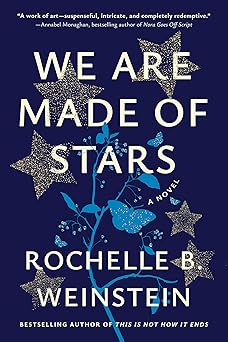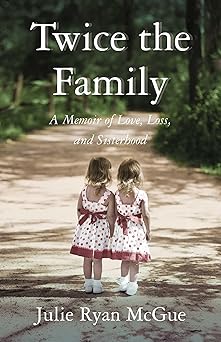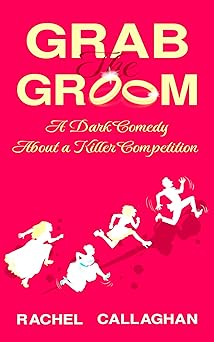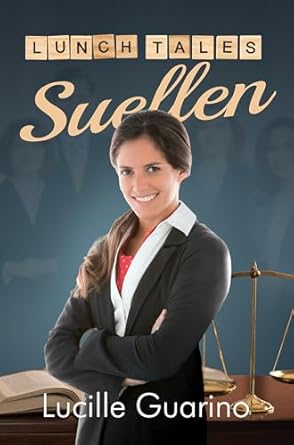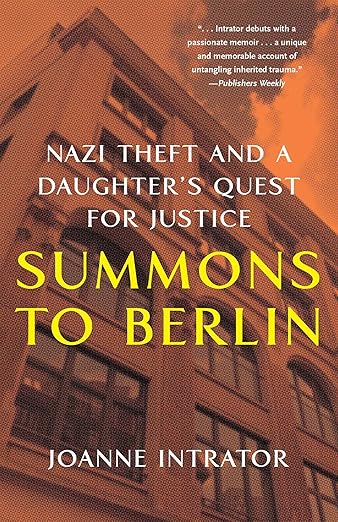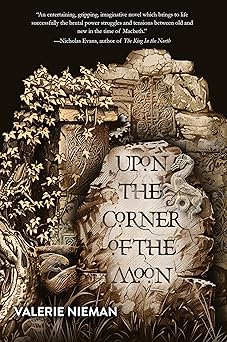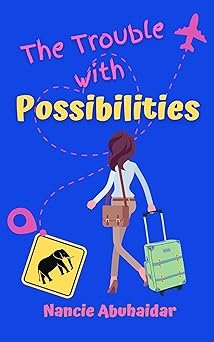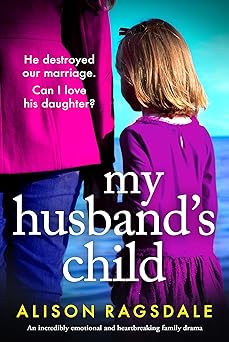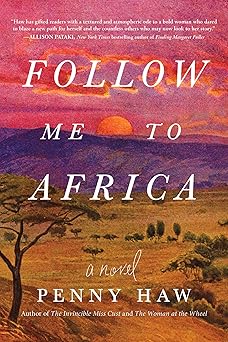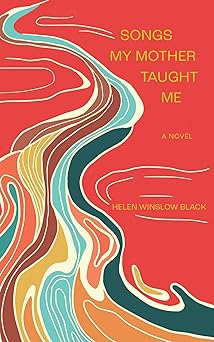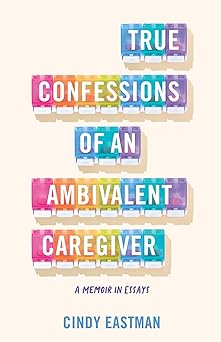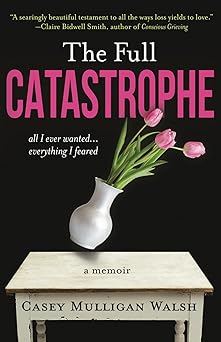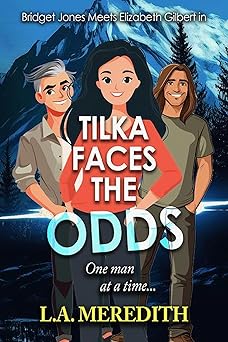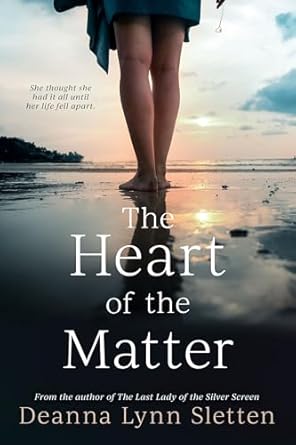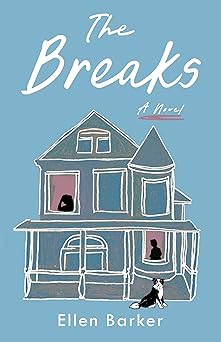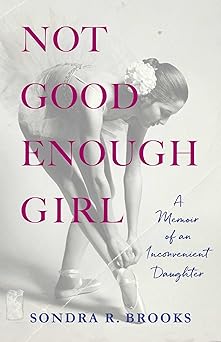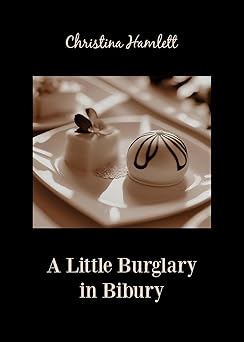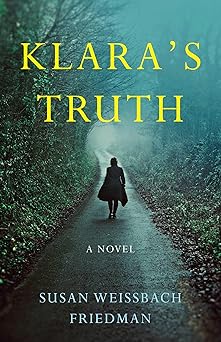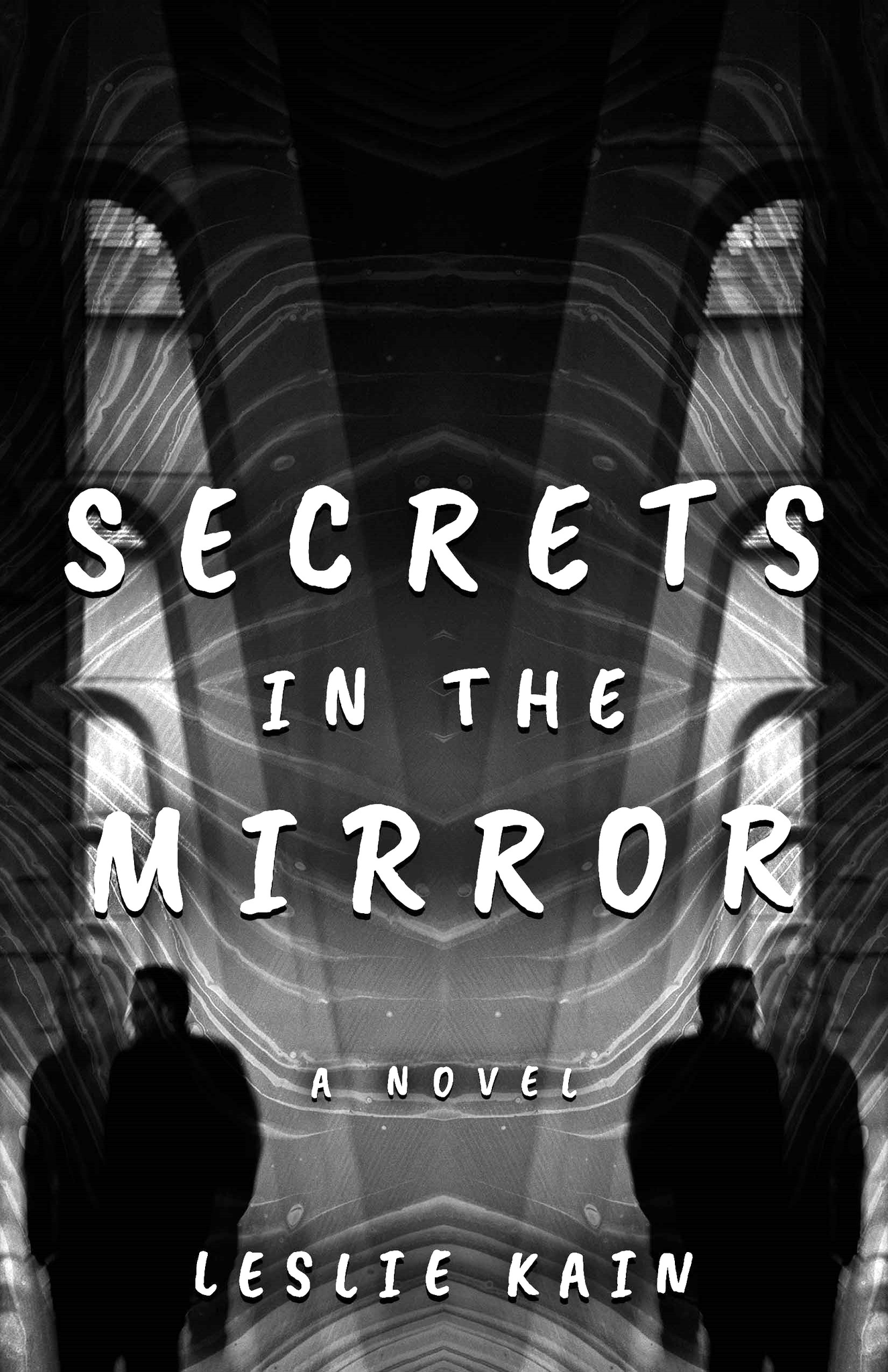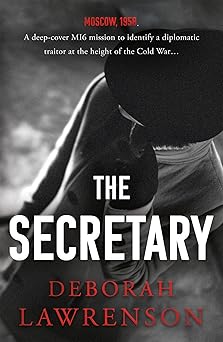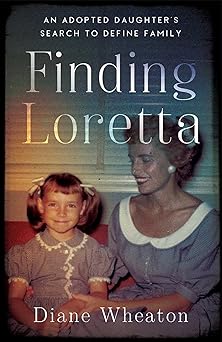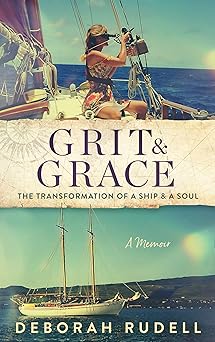Rebuilding Bodies & Souls
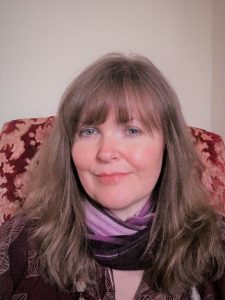 Since the release of my novel, The Beauty Shop, a few readers have queried why I wrote a story about a beauty salon in WW2. It’s a topic of conversation that has raised many smiles amid an air of confusion. You see, the ‘Beauty Shop’ was the name given to the ward at the Queen Victoria Hospital in East Grinstead where the New Zealand plastic surgeon, Sir Archibald McIndoe, treated airmen with severe burns and injuries during World War Two.
Since the release of my novel, The Beauty Shop, a few readers have queried why I wrote a story about a beauty salon in WW2. It’s a topic of conversation that has raised many smiles amid an air of confusion. You see, the ‘Beauty Shop’ was the name given to the ward at the Queen Victoria Hospital in East Grinstead where the New Zealand plastic surgeon, Sir Archibald McIndoe, treated airmen with severe burns and injuries during World War Two.
McIndoe was a great visionary, an innovator, and a pioneer of plastic surgery. Above all, he was a godsend to the men he treated, but the brilliance of the story runs far deeper than medical care alone. It is a story richly layered with humour, love, pranks and courage, with tragedy at its heart. I wanted to illustrate some of McIndoe’s achievements and show how from such abhorrent times, arose the most magical acts of humanity.
Archie, as he was known to many, was far from the stereotypical doctor, and his ethos of care was remarkable and ahead of its time. He rocked the boat and shook up the medical establishment to achieve his objectives. Above all, he had the welfare of injured servicemen at his heart, young men who had lost the latter years of boyhood as they volunteered or were called up to fight the war. Often horrifically disfigured, they were left to cope with the consequences, until Archie strode in and became their advocate. He realised right from the beginning that he was rebuilding bodies and souls. As he once said, “A man disfigured in battle fights that battle for the rest of his life.”
For me, Archibald McIndoe was an amazing man. When he held out his hand, the men grasped it and held on to hope as he told them, “I’ll fix you up.” Four magical words. They called him Maestro, and the ‘beauty shop’ was their sanctuary, a place of safety and camaraderie. Archie’s intuitive, caring approach touched all who met him, and he helped so many to rise from the ashes. He was an outstanding surgeon and a remarkable philanthropist.
 Re-integration of the airmen into society was vital. Realising the enormity of his task, Archie recruited the town of East Grinstead to assist. He gave talks, and the people answered the call to duty and offered invitations to tea and dances. At Archie’s request, they looked the men in the eye and treated them the same as anyone else and became known as ‘the town that did not stare.’
Re-integration of the airmen into society was vital. Realising the enormity of his task, Archie recruited the town of East Grinstead to assist. He gave talks, and the people answered the call to duty and offered invitations to tea and dances. At Archie’s request, they looked the men in the eye and treated them the same as anyone else and became known as ‘the town that did not stare.’
When some of the airmen formed a club in July 1941, they had no idea how it would grow. By the end of the war, it had achieved charity status and attracted donations worldwide. When one of the men declared that they were little more than guinea pigs for the Maestro – another name for Archie – the name stuck. The Guinea Pig Club served many of them over the years offering support and financial assistance and continues to this day. Of the original 649 members, 16 remain.
This remarkable story created a mountain of research, and I soon realised that my greatest challenge lay in the depiction of Archie. Writing about a real person suddenly seemed incredibly daunting. I sourced much of the information from autobiographies and from people who worked with him during and after the war.
Personal accounts from veterans were also invaluable but my attempts to capture Archie’s voice seemed futile, and all I had to work with was my research and intuition. However, during the last round of edits, I came across an old newsreel where he spoke very briefly, and I suddenly realised I’d been listening to his voice all along. It was my eureka moment! Clearly, my research had been more fruitful than I had realised, enabling me to portray the maverick New Zealander realistically without realising it, and from then on, the narrative sprang to life as everything fell into place.
The most technical aspect was in writing the bombing mission scenes. I was conscious of the need to create visually graphic, emotive and fast-paced chapters that evoked the senses and placed the reader in the aircraft with the crew. To achieve this, I relied on military aviation books for information, and I also watched movies. The latter was perhaps one of the best sources for detail and imagery. Google Earth was rather useful for aerial views, and I also found an amazing virtual tour of the B-17 Flying Fortress and a pilot’s manual online.
The beauty shop was often a buzz of activity, the air thick with a haze of tobacco while big band music drifted from the radio day and night. There was dancing, romance, fun and camaraderie as the men formed a unique bond. Archie allowed them to have a keg of watered down beer – fluid intake was vital for burns patients.
The nurses, often chosen by Archie, were the prettiest of girls as he wished the men to regain their confidence and feel comfortable talking to beautiful women. It was all part of his rehabilitation plan. Archie was determined they would lead full lives, with all the trimmings if possible such as marriage, children, homes and jobs. It worked so favourably, and some of the men enjoyed dates with nurses which eventually led to marriage.
Getting the balance right between fact and fiction can be difficult, and I found it useful to read about my subject so much that it became ingrained in my memory, and in this way, I was able to write more fluidly and with confidence. I used primary sources wherever possible, and researched everything from dialects, clothing, and uniforms to vehicles, food, alcohol and aircraft, as I strived for authenticity.
Readers have kindly commented how much they enjoyed hearing about this lesser-known story of WW2. That makes me smile as I recall the professional advice given to me early in 2016. Had I followed it, this novel would never have made it through, and I’m so thrilled it did. All I wished was to give Archibald McIndoe a voice once more, and, after listening to my heart, taking the advice of my fabulous editor, and yet another re-write, I finally achieved my goal.
ABOUT THE BEAUTY SHOP
England, 1942. After three years of WWII, Britain is showing the scars. But in this darkest of days, three lives intertwine, changing their destinies and those of many more.
Dr Archibald McIndoe, a New Zealand plastic surgeon with unorthodox methods, is on a mission to treat and rehabilitate badly burned airmen – their bodies and souls. With the camaraderie and support of the Guinea Pig Club, his boys battle to overcome disfigurement, pain, and prejudice to learn to live again.
John ‘Mac’ Mackenzie of the US Air Force is aware of the odds. He has one chance in five of surviving the war. Flying bombing missions through hell, he’s fighting more than the Luftwaffe. Fear and doubt stalk him on the ground and in the air, and he’s torn between his duty and his conscience.
Shy, decent and sensible Stella Charlton’s future seems certain until war breaks out. As a new recruit to the WAAF, she meets an American pilot on New Year’s Eve. After just one dance, she falls head over heels for the handsome airman. But when he survives a crash, she realises her own battle has only just begun.
Based on a true story, “The Beauty Shop” is a moving tale of love, compassion, and determination against a backdrop of wartime tragedy.
—
Suzy Henderson left a career in healthcare to become a writer. She has a passion for history and a particular obsession with military history and the 1940s. Her debut novel, The Beauty Shop, was published in November 2016. She resides in Cumbria, UK with her husband, two teenage sons and two dogs. She is currently writing her second novel.
Find out more about her:
http://www.suzyhendersonauthor.com/
http://lowfellwritersplace.blogspot.co.uk/
https://www.goodreads.com/author/show/15954239.Suzy_Henderson
https://www.facebook.com/SuzyHendersonAuthor/
https://twitter.com/Suzy_Henderson
Category: On Writing




